Michael Flynn’s science fiction novel “Eifelheim” is an intellectual entertainment in which scientific facts from history, biology, physics, and reflections on their interpretation are much more important than intricate plot twists. It has recently been released in Ukrainian and is recommended for anyone who enjoys balanced and thoughtful reading.
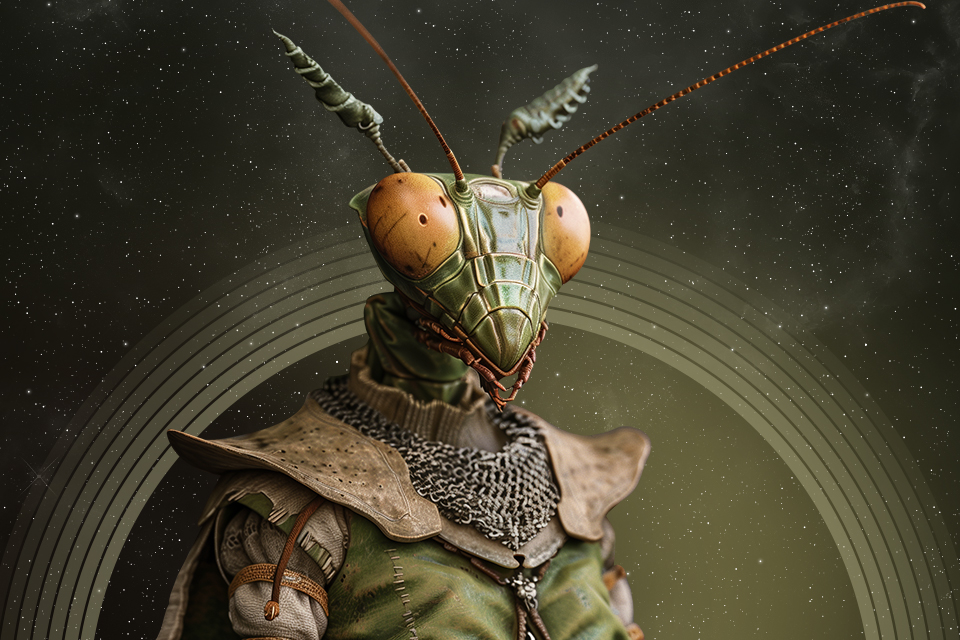
The alien from the novel “Eiffelheim”
What Michael Flynn’s book is about
The work of American science fiction writer Michael Flynn, “Eiffelheim”, was twice nominated for one of the most prestigious Hugo Awards. First, in 1987, the author submitted it as a short story, and then, in 2006, he revised and expanded it into a full-length novel.
Although the novel did not win the award both times, it deserves to be read. This is greatly facilitated by the fact that in 2023 it was published in Ukrainian by the publishing house “Navchalna Knyha-Bohdan”. We should thank Bohdan Stasiuk for the high-quality translation.
The latter is quite important, as “Eiffelheim” contains many small details and facts that are its decoration and could easily be lost. After all, behind the simple story of how aliens came to Earth in the Middle Ages lies a real intellectual adventure when the reader needs to master many facts from physics, biology, and history and understand how they affect the plot.
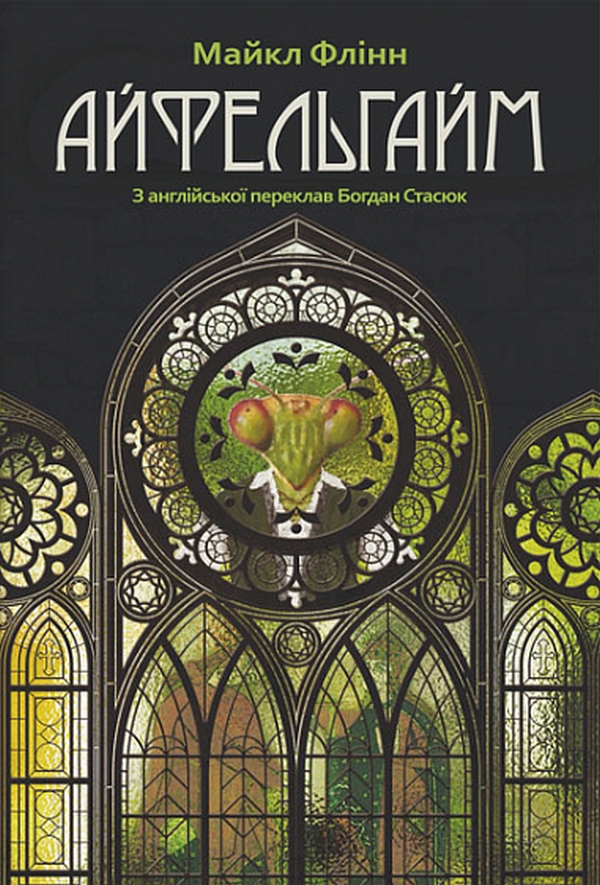
Cover of the Ukrainian edition of “Eiffelheim”. Source: www.yakaboo.ua
A secondary plot unfolds in parallel with the main one. Scientists today are trying to figure out where the Eifelheim settlement disappeared to and how some very controversial theories are connected to all this.
The Black Forest in 1348
The main storyline takes place in the village of Obergochwald in 1348. The village itself is completely fictional, but its reference to the area is extremely accurate – the forested Black Forest mountain range, located near the modern German border with France.
Michael Flynn was extremely meticulous in his research of historical and geographical materials. Therefore, in the novel we see not a conventional Middle Ages described in accordance with public perceptions of it, but a completely historical one. So if the characters go on business to a neighboring city, it will be the real Freiburg, and they walk the streets and enter buildings that have actually survived there since the fourteenth century.
The author shows that not all the inhabitants of this region were meek peasants who saw nothing but a vegetable garden and a church. The protagonist, the priest Dietrich, belongs to the intellectual elite of the Middle Ages, the scholastics. And Mr. Manfred, the owner of all these lands, has just returned from the largest war of that century, which was fought between England and France.
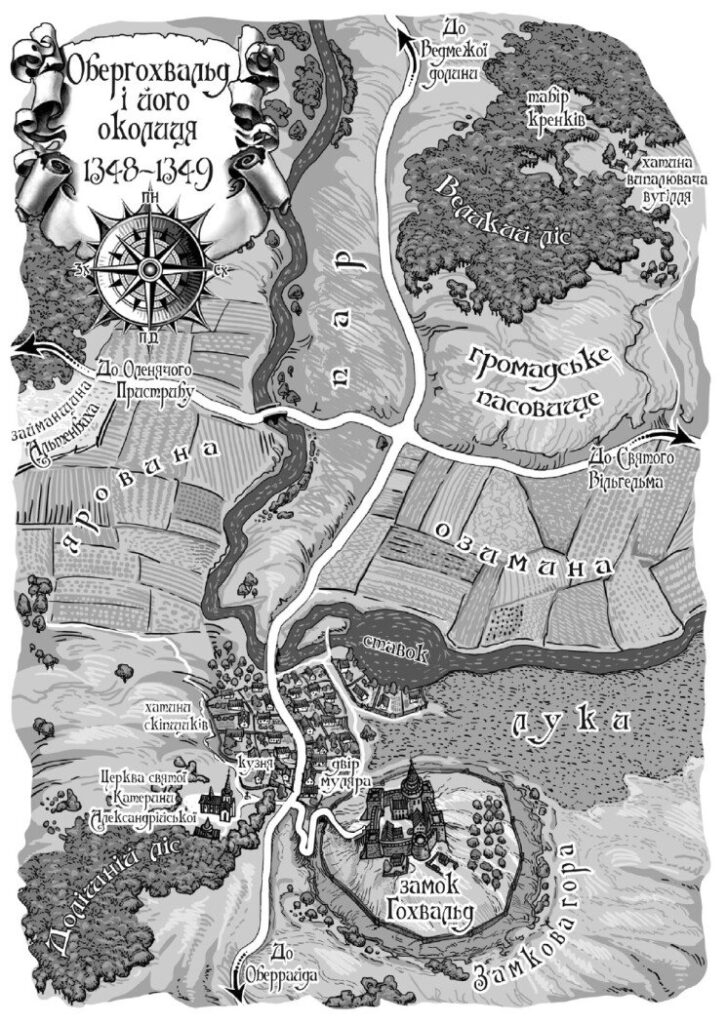
Map of the place where the events take place. Source: www.ranok.com.ua
From this point of view, the book can be read simply as a reconstruction of what educated people of the time were talking about. In order to simply understand the purely mundane political vicissitudes at stake, a non-historian should look at the book’s more than 500 notes.
What is even more impressive is how much the medieval scholastics actually knew about our world. For example, they knew the concept of the atom as a unit of matter. Although they perceived it in a bizarre Aristotelian sense, where instead of a table of more than a hundred elements, there were only four elements. And the “indivisible particles” themselves had the shape of regular polyhedra.
It is even more interesting to observe the astronomical ideas presented in the book exactly as they were at the time. Father Dietrich clearly knows that the Earth is not flat but has the shape of a sphere. However, in his understanding, it is still the center of the universe, which revolves around it.
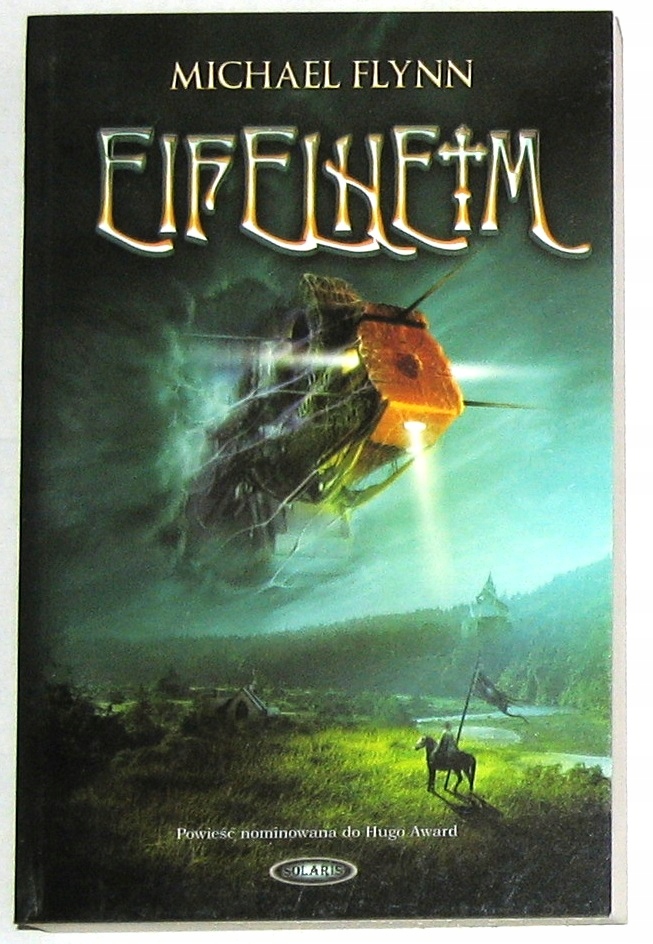
Polish edition of “Eiffelheim”. Source: archiwum.allegro.pl
He is very familiar with the heliocentric theory, but considers it marginal and unscientific. Because if the Earth revolved around the Sun, we would see an annual parallax of stars. But it doesn’t. Dietrich even knows that this could be explained by the fact that the stars are extremely far away. But this is a multiplication of entities, and this, as his friend William of Ockham teaches, should not be done.
The most interesting thing is that the annual parallax of the nearest stars was determined only in the 1930s. That is, Dietrich’s point of view is as scientific as it could be for his time. And Occam’s Razor was, still is, and will continue to be the basis of knowledge of the world.
Alien biology and psychology
And in such an environment, the alien craft is shipwrecked. The Krenks, who look like huge mantises, do not try to kill people right away, although they are not peaceful. Another author could have depicted a battle between medieval knights and alien monsters, but Flynn’s depiction is relatively peaceful, and therefore even more interesting.
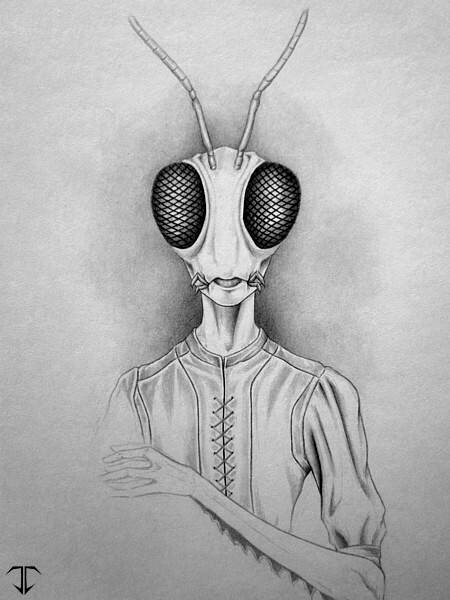
A space alien as imagined by an artist. Source: www.deviantart.com/goblinwhirlwind
It’s not that the peasants don’t consider the krenks to be demons at all, but in general, medieval people manage to get along with aliens. It is interesting that the main supporters of establishing a dialog are Christian priests. “For there is neither Greek nor Jew in Christ.”
Many science fiction stories are devoted to the topic of contact with extraterrestrial intelligence. “Eiffelheim” is interesting because the Krenks are not completely alien and incomprehensible to us, but have a number of differences that make it difficult to communicate with them. Flynn highlights all the problems that arise.
To what extent is what we call our minds determined by the path of biological evolution that our ancestors had to overcome? How much of the basic categories we think in are related to the fact that we are descended from primates whose tribes roamed the African savannah? Science does not have the answers to these questions, and probably will not for a long time.
What we need for comparison is a creature that became intelligent in some other way. In “Eifelheim”, the krenks, although they have personal intelligence, are descended from collective insects. That’s why sometimes they behave just like humans, and sometimes their behavior is understandable but unnatural for our species. And this factor is one of the main ones in the development of the novel’s plot.

The same image is on the cover of the Japanese edition. Source: isfdb.org
Another interesting issue that concerns both life science and space is alternative biochemistry. In theory, there are many ways to create a living organism from a slightly different set of substances in evolution. We still have no idea which ones actually work.
“Eifelheim” shows the simplest and most likely option. The proteins of the krenks contain an amino acid that is not produced by their organisms and is not found in earthly food. This scenario really frightens scientists in the prospect of space travel. On an alien planet, there may be a lot of food that is not only delicious, but also really satisfies hunger. However, a lack of just one substance can doom an astronaut to a long illness that ends in death.
Strange physics
Scientists today are trying to understand everything that happened in the medieval Oberhofwald, which later became known as “Eifelheim”. First of all, the methods used by historians are of interest. Flynn describes how they work with mathematical models to try to figure out where the ancient settlement was, and that alone is worth not skipping these inserts.
It is equally interesting to watch the characters “comb through” tons of ancient documents, revealing fragments of the picture described in the main chapters. After all, the smallest scrap of text can provide a clue. We just need to find it.

But the main decoration of the inserts is an unusual but quite scientific physical theory that helps to understand how the krenks came to Earth. In the book itself, this theory is called heretical because it sounds to modern scientists much like the statement about the Earth’s mobility and the presence of forces outside the “four basic elements”.
In fact, the variability of the speed of light and other physical constants described in “Eiffelheim” is not so alien for modern science. If they are indeed changing very slowly, it may still go unnoticed for the period of time during which we study the universe using scientific methods. And even with targeted measurements, their accuracy is likely to be too low to detect a difference. The analogy with the “missing” annual parallax is more than appropriate here.
Based on this assumption, the book draws an interesting alternative picture of the world, which may not be as fantastic as it seems at first glance. And it is quite possible that in order to reach other worlds, it is not necessary to fly somewhere at high speed. It is enough to dive into other dimensions.
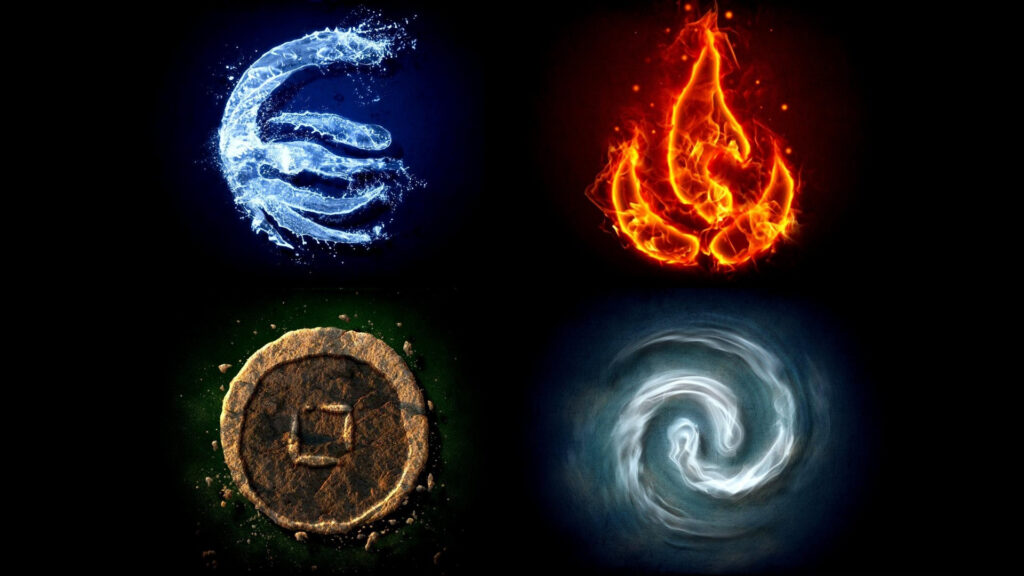
The novel “Eifelheim” does not fit into the category of “light reading”. It requires concentration, a willingness to understand the peculiarities of medieval peasants’ life and alien psychology. But you will almost certainly read facts you have never heard of before and ideas you have never thought about before.
Nor can we say that the novel has an overly unpredictable plot and a very happy ending. The reader knows almost from the very beginning that just a few months after the events begin, Oberhofwald will be wiped out by the plague epidemic known as the Black Death. However, its conclusion still leaves a rather pleasant feeling.

